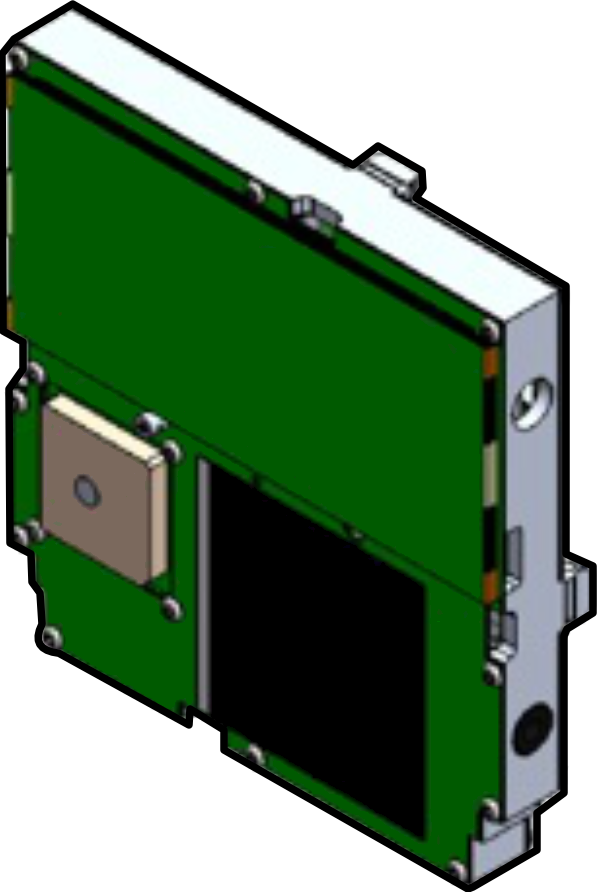ThinSat-D
Launched June 30, 2021
ThinSats -B and -C truly were completed within impressively short periods of time-but ThinSat-D one-upped them both and became Taylor's fastest satellite build yet, spending only two weeks in the University's care before being declared space-ready!
Taylor faculty were notified in April 2021 that they had an opportunity to send yet another short-notice ThinSat into orbit, and quickly sought out Jeff Jewett ('23), the student Project Manager from ThinSat-C, about working on the software required for launch. The ThinSat model, provided again by NearSpace Launch, was almost identical to that of ThinSat-C, so Jewett was able to modify and reuse code from his previous projects in just two days, with no help from other students and with minimal faculty oversight.
The hardware design and sensors of ThinSat-D were similar to those of ThinSat-C, the main difference being that a new set of launch regulations required the Grid-EYE camera to be removed. A more substantial distinction is that ThinSat-D was launched into a higher orbit than any of Taylor's previous ThinSats, and thus measures atmospheric factors in a higher orbital region. The molecule density in this higher altitude also means that ThinSat-D will have a longer lifespan, and is currently projected to orbit the Earth for upwards of a year. ThinSat-D launched on Spaceflight's Sherpa-LTE1, attached to the second stage of the SpaceX Falcon 9 Block 5 rocket on June 30th, 2021.
Faculty mentors: Stefan Brandle, Rob Cartwright, Steve Dalcher
Read More


